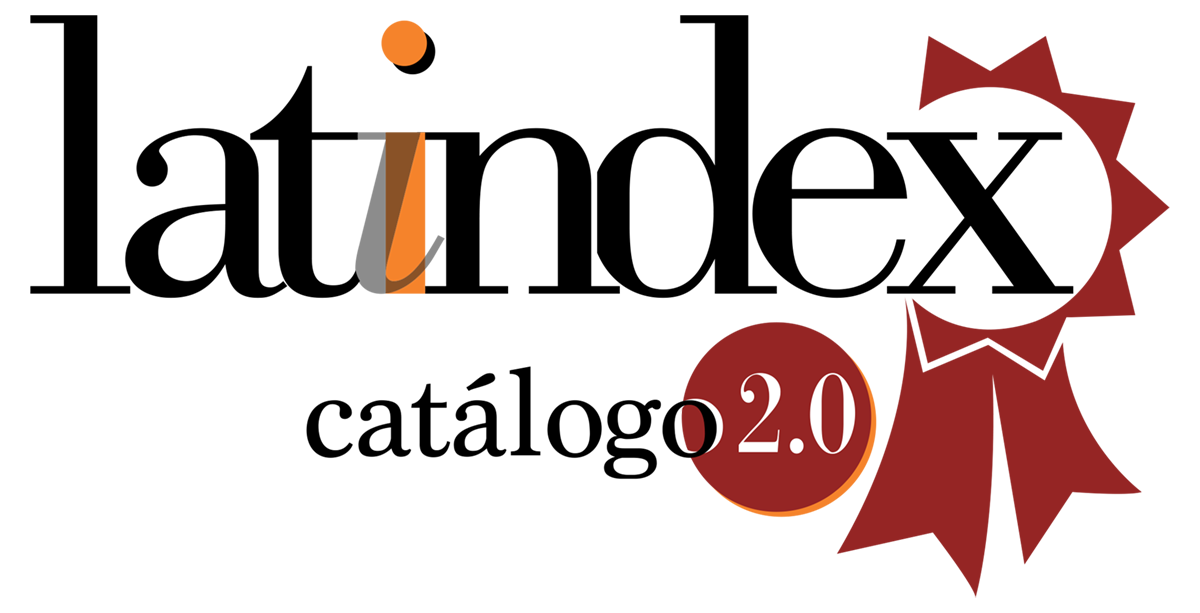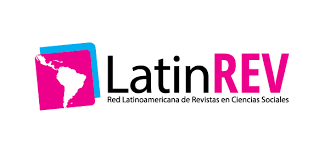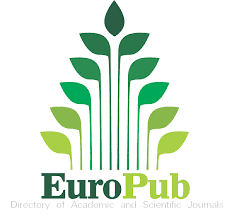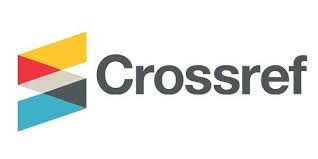Incentives for municipal management and investment in early childhood in Peruvian municipalities. 2012 - 2018
DOI:
https://doi.org/10.24265/iggp.2025.v12n1.05Abstract
Objectives: To identify the influence of incentives to municipal management on early childhood investment in municipalities of Peru during the period 2012-2018. Materials and methods: A study of quantitative approach, explanatory scope and longitudinal design was carried out, using administrative bases of the Ministry of Economy and Finance of Peru and RENIEC. Results: The evaluation of data linked to the Nutritional Articulated Budget Program and Incentive Program for the Improvement of Municipal Management (IP) of 1,876 municipalities of Peru, during the period 2012 – 2018, when applying the Spearman Correlation test a p < 0.05 was obtained, with a correlation coefficient of rs = 0.718, which became stronger in the case of municipalities No MC, less than 500 UUHH and 500 or more UUHH, as well as in the case of years with the presence of IP target, obtaining its highest value for the year 2015 (rs = 0.791). Conclusions: The results allow to conclude that the presence of the targets linked to the health sector, within the framework of the Incentives Plan for the Improvement of Municipal Management (IP), stimulated investment through the Nutritional Articulated Budget Program, during the period 2012 – 2015, especially for municipalities with the greatest quintile of poverty.
Downloads
References
Aragón, F., & Casas, C. (2008). Local Governments capacity and performance : Evidence from Peruvian Municipalities. CAF Financiado el Desarrollo - América Latina, Caracas, Venezuela.
Azaña Torreblanca, P., & Rojo Silva, M. (2015). Factores que favorecen o limitan la implementación del Plan de Incentivos Municipales para la reducción de la Desnutrición Crónica Infantil en el Distrito de Masisea de Ucayali. Bases para propuesta de estrategias. Tesis, Pontificia Universidad Católica del Perú, LIma, Perú.
Bank, W. (2017). Standing tall. Perú´s Success in Overcoming its Stunting Crisis. Washington, DC: Banco Internacional de Reconstrucción y Fomento/Banco Mundial.
Bonifacio Aliaga, L. (2015). Factores determinantes relacionados con funcionamiento de centros de promoción, vigilancia comunal del cuidado integral de madre y niño Pasco 2014. Tesis, Pasco.
Cruzado de la Vega, V. (2017). Pagos por desempeño para mejorar el estado nutricional infantil: Impacto de los convenios de apoyo presupuestario en tres regiones peruanas con alta prevalencia de desnutrición crónica infantil, 2010-2014. Rev Peru Med Exp Salud Publica, 34(3).
Ferreira Ruiz, M. (2013). La educación temprana. Enfoque educativo infantil desde las Ciencias Biológicas Comteporáneas y su derivación en las politicas públicas privadas y civiles. Editorial Dunken: Buenos Aires.
Financial and Fiscal Commission. (2013). Improving the Performance of Municipalities through Incentive - Based Grants. En F. a. Commission, Submission for the Division of Revenue 2014/15 (págs. 128-133). South Africa.
Gutiérrez-Aguado, A. (2017). La evaluación de programas e intervenciones sanitarias en el marco de los programas presupuestales en salud. Rev Peru Mex Exp Salud Publica, 34(3), 363-4.
Heckman, J. (2011). The Economics of Inequality. The Value of Early Childhood Education. A union of professionals, Washington, DC .
Instituto Nacional de Estadistica e Informática. (2012). Perú. Encuesta demográfica y de salud familiar - ENDES 2012. Lima, Perú.
Instituto Nacional de Estadistica e Informática. (2015). Perú. Encuesta demográfica y de salud familiar - ENDES 2015. Lima, Perú.
Levinson, F., & Balarajan, Y. (2013). Addressing malnutrition multisectorally. What have we learned from recent international experience? Case studies from Perú, Brazil, y Bangladesh. UNICEF and MDG Achievement Fund,, UNICEF Nutrition Working Paper, New York.
Lockwood, B., & Porcelli, F. (2013). Incentive Schemes for Local Government: Theory and Evidence from Comprehensive Performance Assessment in England. American Economic Journal: Economic Policy, 5(3).
Mejía Acosta, A., & Haddad, L. (February de 2014). The politics of success in the fight against malnutrition in Peru. Food Policy, 44.
Ministerio de Economia y Finanzas. (2009). Programa Articulado de Nutrición.
Ministerio de Economia y Finanzas. (2014). Incentivos Municipales: Sistematización de la experiencia. Lima-Perú: Dirección General de Presupuesto Público-Ministerio de Economia y Finanzas.
Ministerio de Economia y Finanzas. (1 de Noviembre de 2018). https://www.mef.gob.pe. Obtenido de Presupuesto por Resultados: https://www.mef.gob.pe/es/presupuesto-por-resultados/ique-es-ppr
Mondragon Barrera, M. (2011). Uso de la correlación de Spearman en un estudio de intervención en fisioterapia. Movimiento Cientifico, 8(1).
Moreno, C. (2014). Políticas, incentivos y cambio organizacional en la educación superior en México. México: Editorial Universitaria.
Presidencia del Consejo de Ministros. (2019). Politica Nacional de Modernización de la Gestión Pública al 2021.
Ruiz Arias, C. G. (2019). Incentivos a la Gestión Municipal como estimulo a la inversión en primera infancia de Municipalidades de Ciudades no principales del Perú. 2012 - 2017. Tesis para optar el grado de Maestria en Administración Pública, Universidad Católica Sedes Sapientiae, Lima.
Sen, A. (1999). Investing in Early Childhood: Its Role in Development. Annual Meeting of the Inter-American Development Bank and the Inter-American Investment Corporation (pág. 14). Washington, D.C: Inter-American Development Bank.
Shack, N., & Rivera, R. (2017). Seis años de la Gestión para Resultados en el Perú (2007-2013). Lima, Perú: Universidad Continental.
UNICEF, IMPLAN, & Gobierno Municipal de Puebla. (2014). Sistematización de la inversión pública en la infancia y la adolescencia en el Municipio de Puebla. Puebla - México: UNICEF.
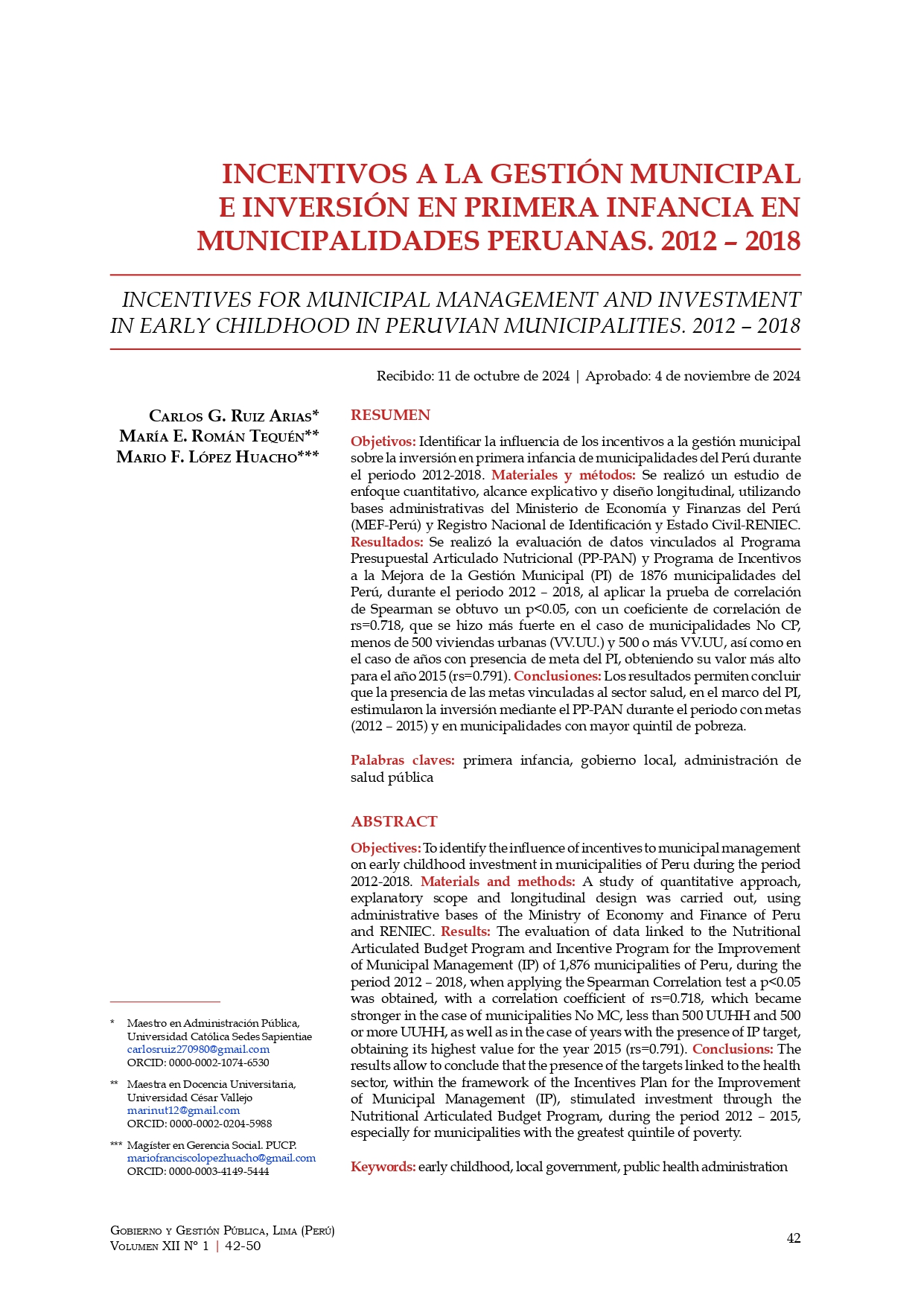
Downloads
Published
Issue
Section
License
Copyright (c) 2025 Ruiz-Arias Carlos, Román-Tequén María, Mario Lopez

This work is licensed under a Creative Commons Attribution-NonCommercial-ShareAlike 4.0 International License.






